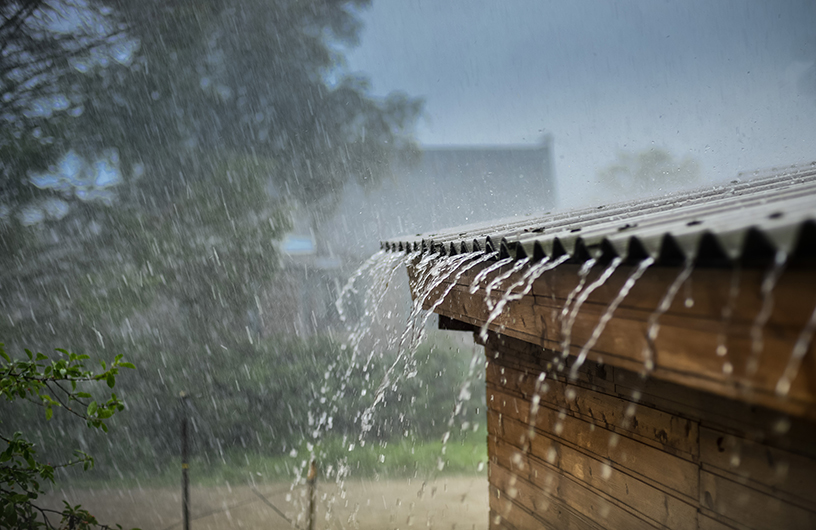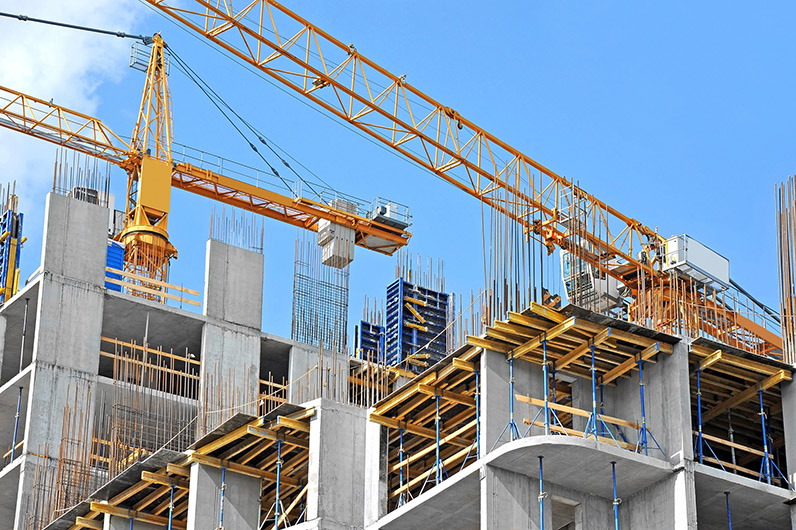More news
- Focus on the global coatings market: Global coatings market outlook
- View from the UK: Navigating chemical policy and sustainability
- Focus on adhesives: Unveiling unbreakable bonds – Testing redefines physical strengt...
- Focus on adhesives: Henkel and Covestro collaborate for sustainability of engineered wood ...
- Advances in construction chemical technology: What’s new in 2024?

Polyurea technology started back in the 1980s and has garnered immense popularity in recent years across a wide range of applications – and it’s no surprise why. Here, experts from Isomat discuss the benefits
Polyurea coating technology constitutes a superior system to the traditional ones used in waterproofing and protective coating applications. Its exceptional properties result in rapid completion of works and immediate return-to-service, while making it suitable for a wide range of applications, especially under highly demanding conditions.
This technology is based on the reaction of an isocyanate component with an amino or amino-polyol resin in the case of pure and hybrid polyurea, respectively. The isocyanate can be of aromatic or aliphatic composition. The combination of the two components takes place in high pressure and high temperature conditions in special spray equipment meant to be used by trained professionals specialised in the application of polyurea products.
Why choose polyurea?
With further advancements in the construction industry and increased demand for sustainable building solutions, the use of polyurea has grown rapidly over the past few years given the wide variety of positive attributes it exhibits. Its physical, mechanical and chemical properties make it ideal for special applications and demanding construction requirements, such as minimising project completion time, maximising efficiency, and using low-VOC materials. ISOMAT has developed a range of polyurea products, including 100% pure and hybrid, to cover all possible requirements of any project. The major advantages of ISOMAT’s polyurea products can be summarised as follows:
Ultra-fast curing
Return-to-service comes a lot faster than traditional coatings. Gel time is achieved within seconds, allowing foot traffic after a few minutes and use of the facility in less than one day, significantly reducing downtime. For instance, ISOMAT-PUA 1240 hybrid polyurea membrane has a gel time of 15 seconds, while ISOMAT-PUA 2230 pure polyurea membrane the impressively rapid gel time of 5 seconds. Furthermore, ultra-fast curing makes polyurea ideal for vertical and curved surfaces. Complex structures and details can be coated in almost any desired thickness, without sagging.
Chemical resistance
When fully cured, polyurea turns to a monolithic, seamless membrane with high resistance even to heavy mechanical or chemical loads. Furthermore, being vapour-permeable, it prevents moisture accumulation. It provides impressive chemical resistance and exceptional mechanical properties like elongation, tensile strength, tear strength, abrasion resistance, and crack-bridging ability. ISOMAT-PUA 2230 pure polyurea protective membrane shows all of the above properties, making it an ideal protective flooring solution.
Advanced waterproofing
Polyurea is mostly used for waterproofing of flat roofs, terraces, bridges, tunnels, tanks, swimming pools, etc. Polyurea provides exceptional waterproofing performance along with extraordinary mechanical strength and chemical resistance, namely the main requirements for a wide range of projects. ISOMAT-PUA 1360 pure polyurea waterproofing membrane features high elasticity, exceptional tensile strength, crack-bridging ability and excellent waterproofing properties, making it ideal for numerous waterproofing applications.
Application and adhesion
ISOMAT polyureas can be rapidly applied with a special two-component, high-pressure and high-temperature spray machine to a variety of different substrates (concrete, metal, wood, etc.), even under high humidity and extreme temperatures. Being hydrolytically stable, relative humidity or residual moisture has little to no effect on product adhesion or overall performance. Plus, its application to detail areas requires no reinforcing mesh, while relatively unlimited application thickness is possible in just one pass.
Long working life
Thanks to polyurea’s thermal stability, weather variations hardly influence its performance or adhesion properties. It delivers an easy-to-clean surface with resistance to chemicals, capable of withstanding most cleaning processes in industrial projects. By offering high resistance to ageing and abrasion, ISOMAT polyureas could be a permanent solution for any demanding project, providing they are maintained and cared for properly.
Environment
Polyurea is solvent-free and consists of a 100% solids formula with no VOCs. Reducing solvents and VOC emissions is essential for the development of environmentally friendly systems, while current regulations about green building require low-VOC products. ISOMAT polyurea products meet all the aforementioned requirements and can be used in projects pursuing such certifications.
READ MORE:
Focus on construction: Built-in antimicrobial protection for a greener construction sector
What are the areas of use of polyurea?
Polyurea is used in a myriad of waterproofing and protection applications, especially those where high mechanical and chemical resistance, fast completion of works, and immediate return-to-service are critical considerations, e.g. industrial, residential, and infrastructure projects, including bridges, tunnels, roofs, terraces, parking garages, swimming pools, aquariums, wastewater treatment plants, water tanks, the automotive industry, the ballistic industry, and the list goes on.
What’s really interesting is polyurea’s ability to absorb energy. Studies have shown that polyurea coatings can increase walls’ resistance to shock waves after an explosion. Most injuries originating from fragments released during an explosion can be limited by polyurea coatings, which act as a secondary load-carrying structure. Its strong adhesion to the wall is of paramount importance though, so that they won’t be detached during the blast.
Opting for polyurea can be seen as an investment, a one-time cost. Polyurea’s supply costs shouldn’t be compared to other waterproofing coatings because none of them can be compared to polyurea, since no other coating can combine polyurea’s mechanical, physical and chemical properties. Its reliability, long working life, low maintenance costs, and excellent capabilities not only counterbalance the initial cost but also make polyurea stand out from other waterproofing and protective coatings. In addition, polyurea outperforms synthetic membranes (PVC, TPO, or EPDM) by providing equally effective properties at a lower cost, and without seams or joints. In any case, going for a hybrid polyurea membrane such as ISOMAT-PUA 1240 constitutes an optimal price-performance ratio solution.
Find out more about the technical data, fields of applications and directions for use of our Advanced Polyurea Waterproofing and Coating Systems at www.isomat.eu
Isomat is a member of the Polyurea Development Association Europe








